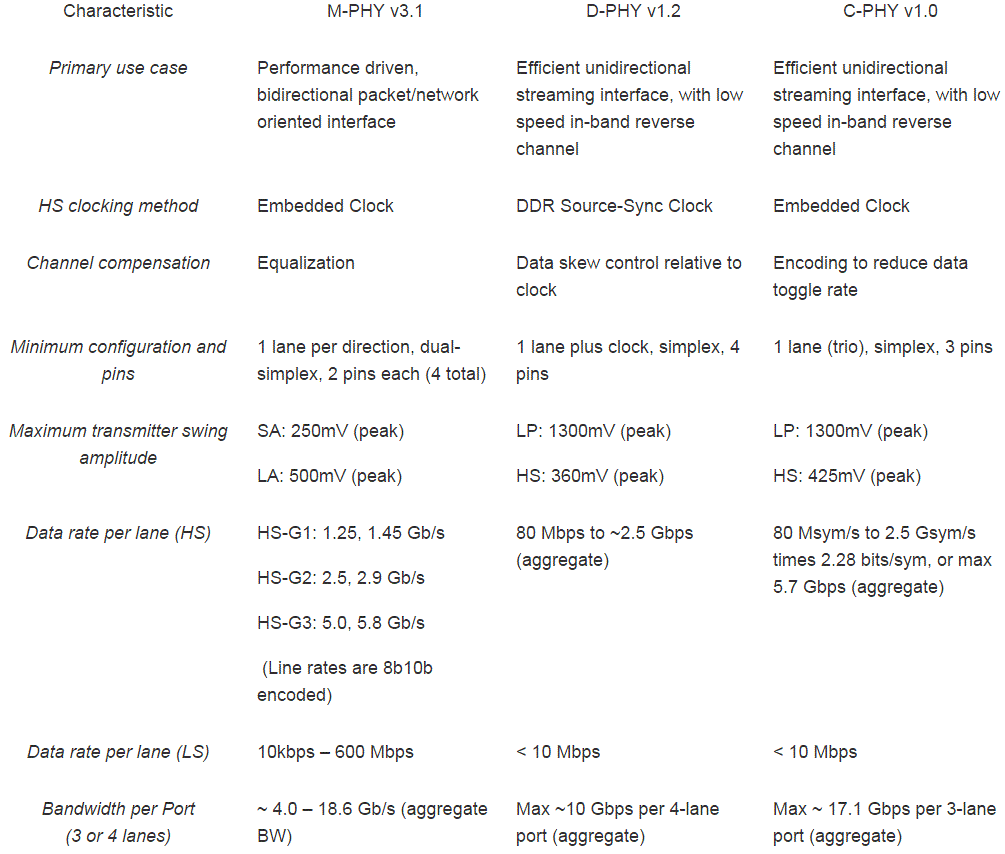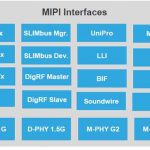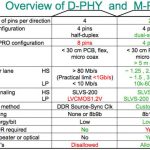Ashraf Takla is Founder and CEO of Mixel Inc., which he founded in 1998 and is headquartered in San Jose, CA. Mixel is a leading provider of mixed-signal IPs and offers a wide portfolio of high-performance mixed-signal connectivity IP solutions. Mixel’s mixed-signal portfolio includes PHYs and SerDes, such as MIPI D-PHY, MIPI… Read More
Tag: mipi m-phy
UFS or NVMe in Smartphone? See Apple’s answer!
There should be a link between iPhone H/W architecture and the incredible success of the product? Let’s assume and claim that this architecture, based on the internally developed ARM based A9 application processor, is simply the best on the market today…
Apple has implemented SSD in MacBook based on NVM Express (NVMe) protocol.… Read More
MIPI CSI-2 and DSI IP? Better with FPGA Prototyping Set
Sourcing MIPI CSI-2 or DSI IP to a respected IP vendor is mandatory to build a peripheral IC or a SoC targeting mobile application as the chip maker simply can’t afford to do a re-spin because of Time-To-Market imperative. Buying this IP to a vendor also offering MIPI powered FPGA Prototyping Platforms is even better! Northwest Logic… Read More
Semiwiki Blogger at DAC: MIPI Beyond Mobile, Myth or Reality?
Some of the various MIPI specifications are now massively used in mobile (smartphone or tablet), especially the Multimedia related specs like Camera Serial Interface (CSI-2), Display Serial Interface (DSI) or SoundWire (even if the spec has been released in December 2014, the adoption rate is very sharp, no doubt that it will… Read More
Google Glass is Dead, ARA Phone is Prototyped
These two products are linked because they have been invented by Google and both are disruptive technologies. Like was the Apple’s Newton tablet launched in CES Chicago in 1992 and finally stopped in 1998, due to the lack of success. To born again in 2010 as the well-known and best seller iPad in 2010, creating a new market segment … Read More
MIPI Alliance introduces C-PHY, Synopsys launch C-PHY VIP
The set of MIPI PHY specifications has enlarged during last night, as theMIPI Alliance has introduced the new C-PHY spec on September 17th, a physical layer interface for camera and display applications. “The MIPI C-PHY specification was developed to reduce the interface signaling rate to enable a wide range of high-performance… Read More
Getting the best from MIPI IP Toolbox
The set of MIPI specifications has severely enlarged during the past year. This is a positive point, as the large set of specifications induces a wider choice, and a chip maker can decide to implement a complex specification to differentiate with competitors, or select a specification just tailored to support a basic architecture… Read More
Complete IP port-folio built in less than two years!
We have posted several blogs related to Cadence IP strategy, or I should say new strategy. Each of these blogs was dealing with a particular product, like PCI Express gen-3 Controller IP, latest DDR4 Memory Controller or Wide I/O. This approach was equivalent to describe trees, one after one, and finally ignoring the forest! It’s… Read More
Mobile SoC will benefit now from M-PCIe
We have already discussed the recently released M-PCIe ECN from PCI-SIG in Semiwiki at the end of 2012, but the new “standard” (in fact an Engineering Change from PCI-SIG and MIPI Alliance) was only real on paper, at that time. The upcoming webinar from Synopsys, M-PCIe: Utilizing Low-Power PCI Express in Mobile Designs, shows … Read More
Any MIPI CSI-3 Host IP Solution for SoCs Interfacing with Sensors?
For those taking a quick look at the various MIPI Interface specification, the first reaction is to realize that they will have to look at MIPI more closely, and that it will take them longer than expected to make sure they really understand the various specifications! Let’s start with the PHY. One specification defines the D-PHY,… Read More






